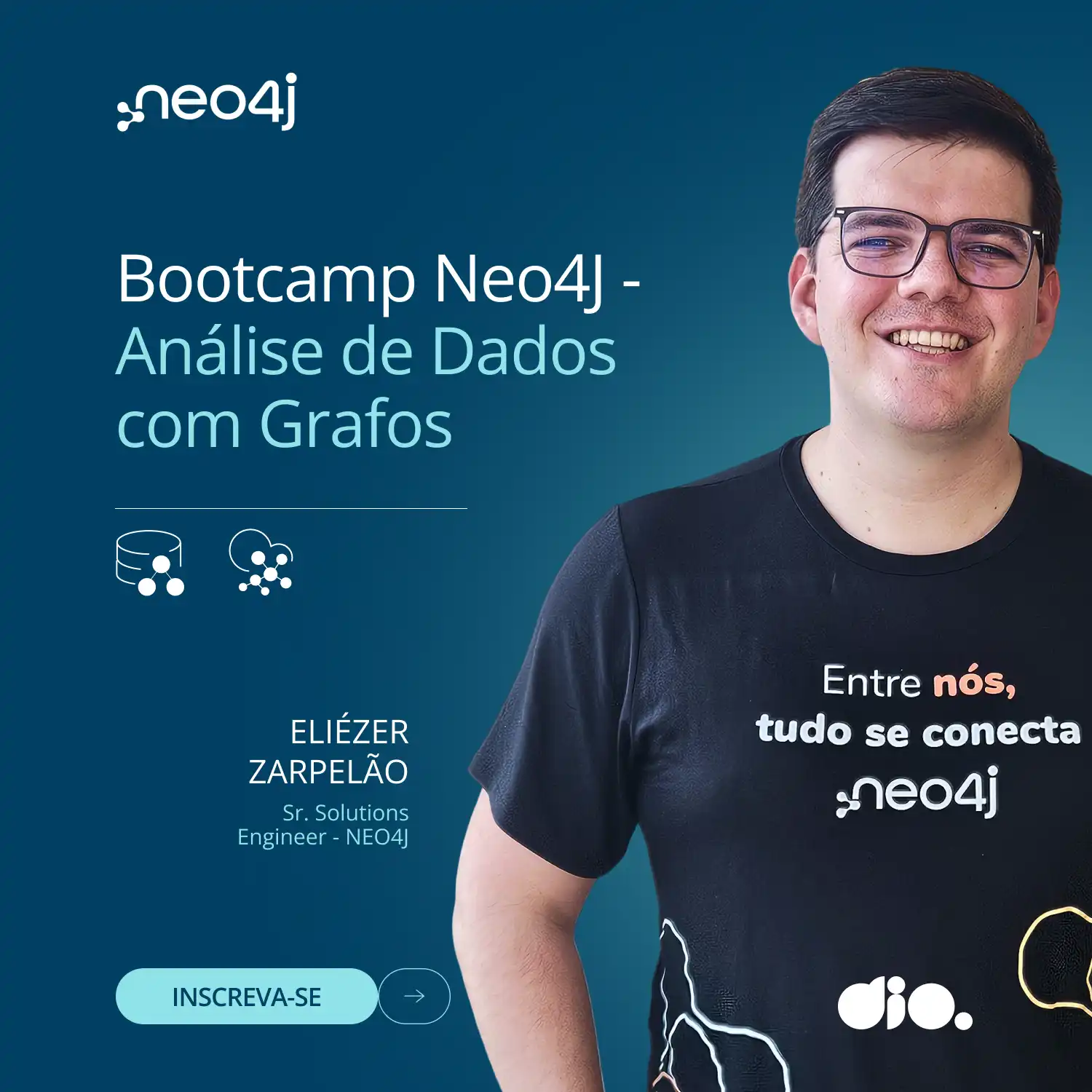Terraform 101 Study Plan: From Zero to IaC Hero
Goal: Gain a foundational understanding of Terraform, its core concepts, practical usage, and best practices for managing infrastructure as code.
Estimated Duration: 4–6 Weeks (flexible, depending on your pace and prior experience)
Resources:
- Official Terraform Documentation: Your primary source of truth.
- HashiCorp Learn Tutorials: Excellent hands-on labs and conceptual explanations.
- A Cloud Provider Account (AWS/Azure/GCP): Essential for practical exercises (most offer free tiers).
- Terraform Community/Forums: For questions and troubleshooting.
- Optional: Udemy courses, YouTube tutorials, books (e.g., “Terraform: Up & Running”).
Phase 1: Getting Started & Core Concepts (Week 1–2)
Objective: Understand what Terraform is, its benefits, and master the fundamental command-line operations and basic HCL syntax.
Week 1: Introduction & Basics
- Day 1–2: What is Infrastructure as Code (IaC) & Why Terraform?
- Read: Introduction to IaC.
- Read: What is Terraform?
- Understand the problems Terraform solves (manual provisioning, configuration drift, etc.).
- Action: Watch a short introductory video on Terraform.
- Day 3–4: Installation & First Configuration
- Action: Install Terraform on your local machine.
- Action: Set up your chosen cloud provider (e.g., configure AWS CLI/SDK, Azure CLI, gcloud CLI, and authenticate).
- HashiCorp Learn: Install Terraform
- HashiCorp Learn: First Configuration (Choose your cloud provider’s equivalent).
- Day 5–6: Terraform Workflow & Basic HCL Syntax
- Understand
terraform init,terraform plan,terraform apply,terraform destroy. - Learn about Providers, Resources, and basic Arguments.
- Action: Create a simple Terraform configuration to provision a single resource (e.g., an S3 bucket in AWS, a storage account in Azure, a GCS bucket in GCP).
- Practice:
terraform init,terraform plan,terraform apply,terraform destroy. - HashiCorp Learn: Terraform CLI Basics
- Day 7: Review & Solidify
- Review all concepts learned so far.
- Challenge: Try to create a slightly more complex resource, like a simple EC2 instance or a basic VM, and destroy it.
Week 2: Variables, Outputs & Data Sources
- Day 1–2: Variables (Input Variables)
- Understand why and how to use variables for flexible and reusable configurations.
- Learn about
variableblocks,defaultvalues,typeconstraints, anddescription. - Learn about
tfvarsfiles and passing variables via command line. - Action: Refactor your previous configuration to use variables for resource names, regions, etc.
- HashiCorp Learn: Variables
- Day 3–4: Outputs
- Understand how to expose important information from your infrastructure.
- Learn about
outputblocks. - Action: Add outputs to your configuration to display things like resource IDs, public IPs, or endpoints.
- HashiCorp Learn: Outputs
- Day 5–6: Data Sources
- Understand how to fetch information about existing infrastructure or external data.
- Learn about
datablocks. - Action: Use a data source to get information about an existing VPC, AMI, or other resource, and then use that information in your new resource creation.
- HashiCorp Learn: Data Sources
- Day 7: Project 1 — Small Application Infrastructure
- Project: Design and implement a simple, multi-resource infrastructure (e.g., a basic web server with a security group and an associated network interface/public IP).
- Use variables for customization.
- Use outputs to display critical information.
- Self-Correction: Experiment with changing variables and running
terraform applyto see how Terraform handles updates.
Phase 2: Intermediate Concepts & Best Practices (Week 3–4)
Objective: Learn about managing state, organizing complex configurations, and leveraging advanced HCL features.
Week 3: State Management & Remote Backends
- Day 1–2: Understanding Terraform State
- What is the Terraform state file (
terraform.tfstate)? - Why is it crucial? What are its contents?
- Understand the risks of local state.
- Read: Terraform State
- Day 3–4: Remote Backends
- Understand why remote backends are essential for collaboration and production.
- Learn about common backends (S3, Azure Storage, GCS, Terraform Cloud/Enterprise).
- Action: Configure a remote backend for your Project 1.
- Practice: Run
terraform initagain after configuring the backend. Observe where the state file is now stored. - HashiCorp Learn: Remote Backends
- Day 5–6: State Operations & Best Practices
terraform statecommands (list, show, mv, rm, pull, push). (Be cautious withmvandrm!)- Understand state locking and its importance.
- Action: Practice listing resources from your state, but avoid modifying it directly unless you know what you’re doing.
- Discussion: Why avoid manually editing state files?
- Day 7: Review & Solidify
- Ensure you grasp the critical role of the state file and the necessity of remote backends.
- Challenge: Simulate a scenario where two people might apply changes simultaneously (conceptually, don’t actually do it without a proper backend setup!). How does state locking prevent issues?
Week 4: Modules & Workspaces
- Day 1–2: Modules — Introduction & Why Use Them?
- Understand the purpose of modules (reusability, encapsulation, organization).
- Learn about source, version, inputs, and outputs of modules.
- Read: Terraform Modules
- Day 3–4: Creating & Using Local Modules
- Action: Convert a part of your Project 1 (e.g., the network configuration, or the web server itself) into a reusable local module.
- Action: Call your newly created module from your main configuration.
- HashiCorp Learn: Create & Use Local Module
- Day 5: Workspaces (Optional, for distinct environments)
- Understand the use cases for
terraform workspace(e.g., dev/staging/prod environments within the same state file – note: often debated, many prefer separate state files for environments). - Action: Experiment with creating and switching workspaces. See how it affects your
terraform plan. - HashiCorp Learn: Workspaces
- Day 6: Advanced HCL & Meta-Arguments (Count, For_Each, Depends_On)
- Count: Provision multiple identical resources.
- For_Each: Provision multiple resources based on a map or set.
- Depends_On: Explicitly manage resource dependencies.
- Action: Refactor a resource in your project to use
countorfor_each(e.g., multiple web servers). - Action: Use
depends_onto enforce an explicit dependency that Terraform might not infer. - HashiCorp Learn: Count and For_Each
- Read: Depends_On
- Day 7: Project 2 — Multi-Environment Setup (Conceptual/Small Scale)
- Project: Architect (on paper or with minimal code) how you would manage
dev,staging, andprodenvironments using either separate configurations (preferred) or workspaces. - Action: Implement a small
devenvironment for Project 1, perhaps using distinct variable values for resource sizes or names.
Phase 3: Deep Dive & Best Practices (Week 5–6)
Objective: Explore advanced topics, consider security, and prepare for collaborative workflows.
Week 5: Provisioners, Taint, and Destroy Considerations
- Day 1–2: Provisioners (Local-exec, Remote-exec, File)
- Understand their purpose (bootstrapping, running scripts after resource creation).
- Caution: Emphasize that provisioners are often a last resort; prefer cloud-native solutions (user data, configuration management tools).
- Action: Add a simple
local-execprovisioner to a resource to run a command after creation. - HashiCorp Learn: Provisioners
- Day 3–4:
terraform taint&terraform untaint - Understand when and why to mark a resource for recreation.
- Action: Taint a resource in your project, then run
terraform applyto see it recreated. Untaint it. - Read: Terraform Taint
- Day 5:
terraform destroy& Lifecycle Rules - Understand the implications of
terraform destroy. - Learn about
prevent_destroylifecycle rule. - Action: Add
prevent_destroy = trueto a critical resource and try to destroy it. Observe the error. - Read: Lifecycle Rules
- Day 6: Importing Existing Infrastructure
- Understand the
terraform importcommand. - Action: Manually create a simple resource in your cloud provider, then import it into a new Terraform configuration.
- HashiCorp Learn: Import Existing Infrastructure
- Day 7: Review & Project Refinement
- Review all lifecycle concepts.
- Refine your Project 2 setup. Ensure it’s clean, uses variables effectively, and has appropriate outputs.
Week 6: Advanced Topics & Next Steps
- Day 1–2: Understanding Terraform
null_resource&externaldata source - When to use
null_resource(e.g., triggering a provisioner without a real resource). - When to use
externaldata source (running external programs and parsing their JSON output). - Action: Implement a simple
null_resourceexample. - Day 3: Terraform Cloud / Atlantis / CI/CD Integration (Conceptual)
- Understand how Terraform is used in a team/production environment.
- Briefly research Terraform Cloud, Atlantis, or integrate
terraform planandapplyinto a basic CI/CD pipeline (e.g., GitHub Actions, GitLab CI). - Action: If time permits, create a free Terraform Cloud account and push one of your projects there.
- Day 4: Security Best Practices
- Never commit sensitive data (API keys, secrets) to Git.
- Using environment variables for credentials.
- Using secrets managers (e.g., AWS Secrets Manager, Azure Key Vault, HashiCorp Vault) with Terraform.
- Read: Securing Terraform (or relevant cloud provider docs).
- Day 5–6: Troubleshooting & Debugging
- Understanding common error messages (
invalid or unknown key,resource not found, state lock errors). - Using
TF_LOGenvironment variable for detailed logging. - Terraform
validateandfmtcommands. - Action: Intentionally introduce an error into your code and try to debug it using
TF_LOG. - Day 7: Final Project & Future Learning
- Project: Choose a slightly more complex scenario (e.g., deploying a simple containerized application, a serverless function, or a basic database instance) and provision it entirely with Terraform.
- Reflection: What are your strengths and weaknesses? What areas do you want to explore further?
- Next Steps: Explore advanced modules (e.g., official HashiCorp modules), Terragrunt (for DRY configurations across environments), custom providers, Sentinel policies (Terraform Enterprise).
Tips for Success:
- Hands-on is Key: Don’t just read; type out every command and configuration.
- Start Small: Begin with single resources, then gradually add complexity.
- Read the Docs: The official documentation is incredibly detailed and accurate.
- Understand Errors: Don’t just copy-paste solutions; try to understand why an error occurred.
- Version Control: Use Git for all your Terraform code. Commit frequently.
- Destroy What You Create: To avoid unexpected cloud bills, always
terraform destroyresources you no longer need. - Patience: Infrastructure as Code has a learning curve. Don’t get discouraged!





